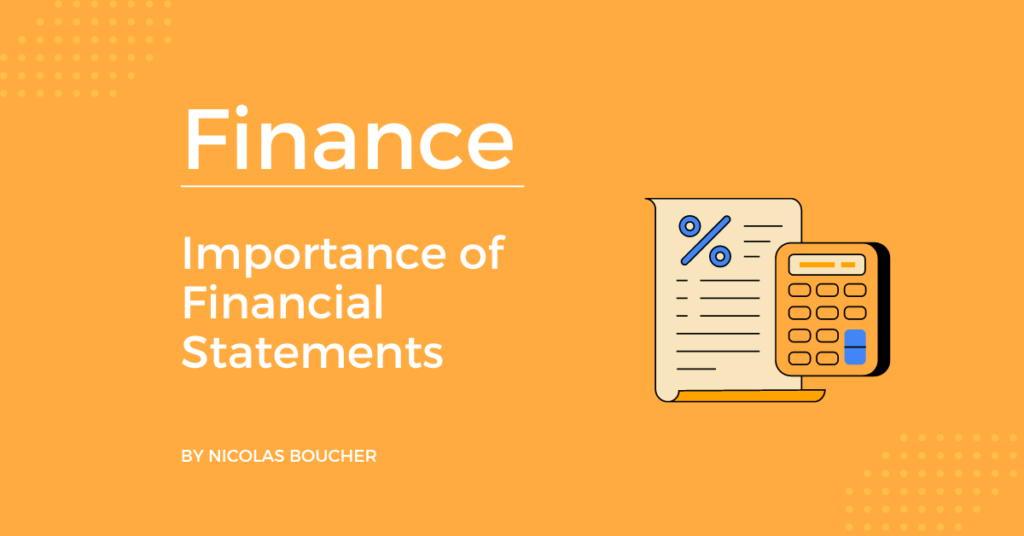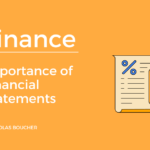Do you know how to conduct bank reconciliation?
Maintaining accurate financial records is crucial for any business.
One essential process in financial management is bank reconciliation.
Today, I will provide a comprehensive guide to bank reconciliation, explaining what it is, why it is important, and how to streamline this process.
Also, by understanding and implementing effective bank reconciliation practices, you can ensure the accuracy of your financial records, identify discrepancies, and maintain strong financial controls.
Table of Contents
What Is Bank Reconciliation?
Bank reconciliation is the process of comparing and matching the transactions recorded in your company’s books (general ledger) with the transactions reported by your bank statement.
In other words, the goal is to identify any discrepancies, such as missing or duplicated transactions, and reconcile the differences between the two records.
Why Is Bank Reconciliation Important?
The five key reasons why bank reconciliation is important include:
#1: Accuracy of Financial Records
Bank reconciliation ensures the accuracy of financial records by comparing and reconciling transactions between your accounting records and the bank statement.
This process helps identify and rectify errors, discrepancies, or missing transactions, ensuring that your financial records reflect the true financial position of your organization.
Additionally, accurate financial records are crucial for making informed business decisions, preparing reliable financial statements, and demonstrating transparency to stakeholders.
#2: Fraud Detection and Prevention
Bank reconciliation acts as a powerful control mechanism for detecting and preventing fraud.
By comparing your accounting records with the bank statement, you can identify any unauthorized transactions, forged checks, or suspicious activities.
Therefore, detecting such anomalies promptly enables you to take immediate action to mitigate the risk of financial losses, protect your organization’s assets, and uphold financial integrity.
#3: Cash Flow Management
Bank reconciliation provides visibility into your available cash balance by accurately reconciling your bank accounts.
It allows you to track cash inflows and outflows, identify any discrepancies, and monitor cash position against the expected cash balances.
Furthermore, with accurate cash flow information, you can make informed decisions about cash reserves, working capital management, and investment strategies.
#4: Financial Reporting and Compliance
Reconciling your bank accounts ensures that cash balances reported in your financial statements align with the actual cash positions.
This accuracy enhances the reliability and integrity of your financial reporting, allowing stakeholders, such as investors, lenders, and auditors, to have confidence in the financial information provided.
#5: Effective Financial Control
By regularly reconciling your bank accounts, you establish a systematic review process to verify the accuracy and completeness of financial transactions.
Moreover, this control mechanism helps identify any weaknesses or gaps in financial processes, enabling you to implement necessary improvements and maintain a robust financial control environment.
How to Perform Bank Reconciliation
Here is the step-by-step process for performing bank reconciliation.
Gather Bank Statements
Obtain the bank statements for the relevant period that needs to be reconciled.
These statements can typically be accessed through online banking platforms or requested from your bank.
Gather Accounting Records
Collect the accounting records for the same period, including cash receipts, cash disbursements, and any other relevant financial transactions.
Also, this may involve retrieving data from your accounting software, general ledger, or cash journals.
Compare Bank Statements and Accounting Records
Compare the bank statement with the accounting records to identify any discrepancies or differences between the two.
Furthermore, this can be done by reviewing the transaction details, dates, and amounts on both documents.
Reconcile Deposits
Check all deposits listed on the bank statement against the accounting records.
Ensure that each deposit recorded in your accounting records corresponds to a deposit listed on the bank statement.
For example, if there are any discrepancies, such as missing or additional deposits, investigate the cause and make adjustments to the accounting records accordingly.
Reconcile Withdrawals and Debits
Check all withdrawals and debits listed on the bank statement against the accounting records.
Compare each withdrawal or debit recorded in your accounting records with the corresponding transactions on the bank statement.
Moreover, identify and resolve any discrepancies, such as missing or unauthorized transactions, by adjusting the accounting records appropriately.
Reconcile Bank Fees and Interest
Check any bank fees or interest listed on the bank statement against the accounting records.
In other words, verify that the fees and interest recorded in your accounting records match those reported by the bank.
If discrepancies exist, investigate the cause and adjust the accounting records accordingly.
Adjust Accounting Records
Make any necessary adjustments to the accounting records based on the findings from the bank reconciliation process.
This may include recording missing transactions, correcting errors, or making adjustments for bank fees, interest, or other discrepancies identified during the reconciliation.
Prepare Reconciliation Report
Prepare a reconciliation report that summarizes the findings of the bank reconciliation.
Include details of any discrepancies, adjustments made, and explanations for the differences between the bank statement and accounting records.
This report serves as documentation for future reference and audit purposes.
Investigate Discrepancies
If any discrepancies or differences between the bank statement and accounting records remain unresolved, conduct a thorough investigation.
This may involve contacting the bank, reviewing transaction details, or revisiting your own records to identify the root causes of the discrepancies.
Additionally, resolve any outstanding issues and make necessary adjustments to ensure accurate reconciliation.
Finalize the Reconciliation
Once all discrepancies have been resolved, finalize the bank reconciliation by updating the accounting records and filing the reconciliation report for future reference.
Therefore, ensure that the adjusted balances in your accounting records match the ending balance on the bank statement.
Also, this will help maintain accurate financial records and provide a clear audit trail of the reconciliation process.
Conclusion – Ensure the Accuracy of Y0ur Financial Records
Following this step-by-step guide to bank reconciliation will help streamline the process and ensure the accuracy of your financial records.
Therefore, by gathering the necessary documents, comparing the bank statement and accounting records, reconciling deposits, withdrawals, and bank fees, and making appropriate adjustments, you can maintain strong financial controls and accurately reflect your organization’s cash position.
Above all, regular bank reconciliation is crucial for detecting errors, preventing fraud, and producing reliable financial statements, contributing to effective financial management and decision-making.
At last, are you ready to make the leap to the world of FP&A? Uncover the insider secrets and steal my high-performance tips to excel in the field.











